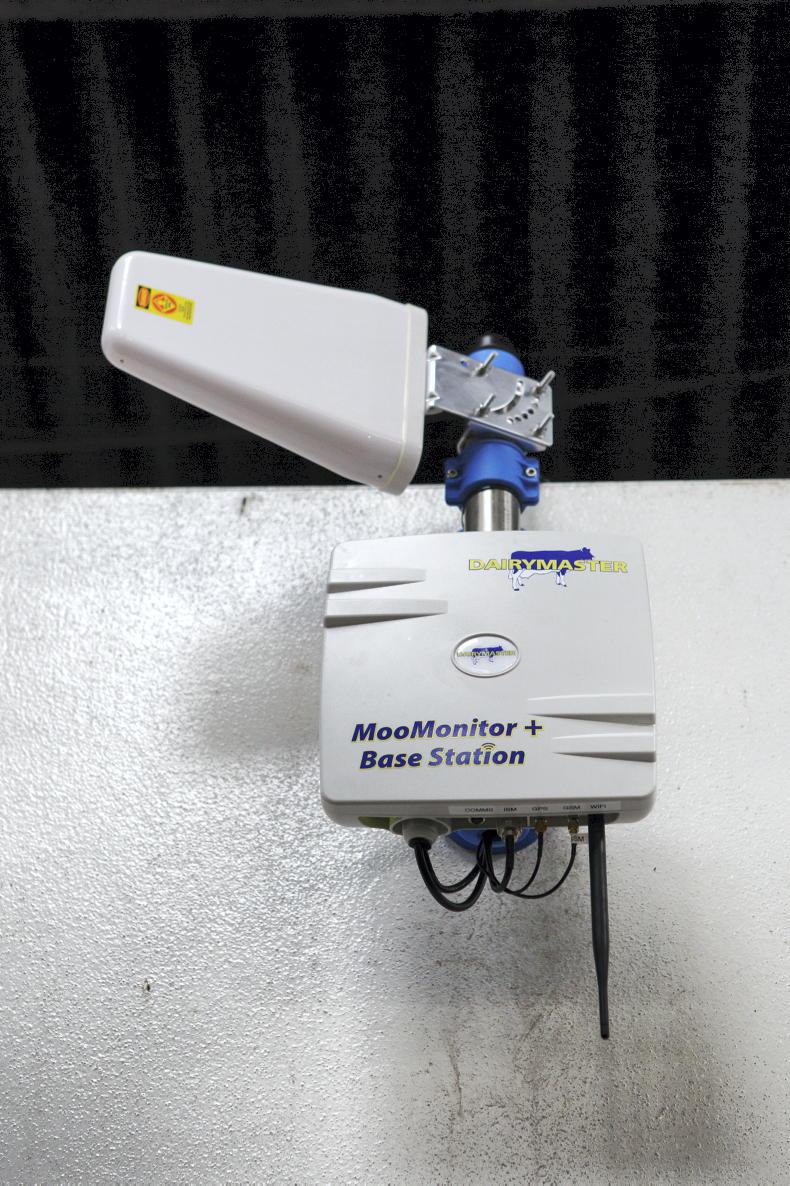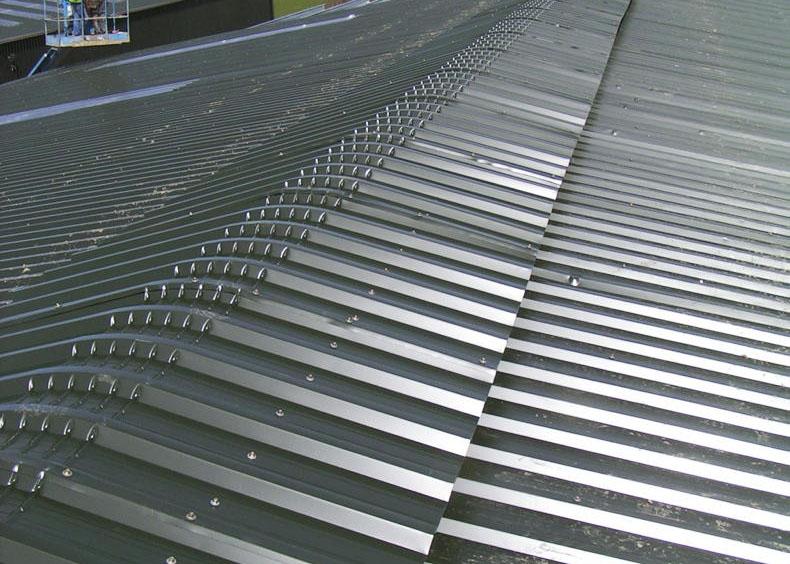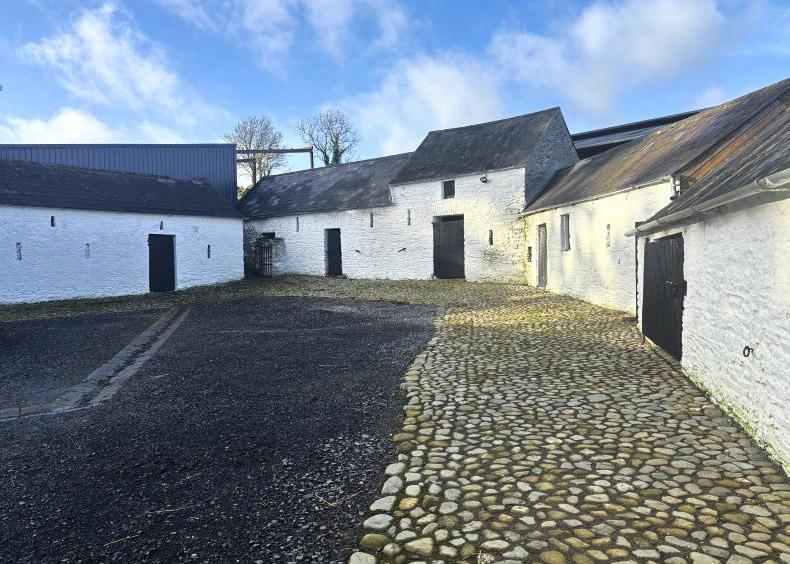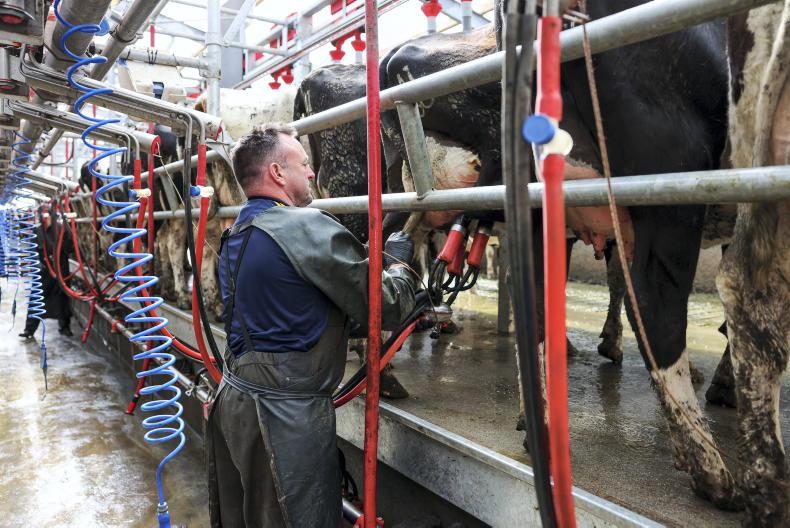Even prior to their inclusion in TAMS III, herd and health and fertility monitoring systems had been gaining major traction among farmers, primarily in the dairy sector.
While they had traditionally been used for automatic milking systems, they are now commonplace for those on conventional parlours as calving, heat and health detection and drafting aids, with many farmers coupling the system with an automatic drafting unit.
With labour becoming more and more of a challenge to source, especially with the seasonality of work with grass-based dairy systems, automation has been heralded as the silver bullet to the labour issues. A specification for those applying under TAMS was released by the Department last week.
Health and fertility monitoring
All systems must consist of a base station to receive information and a recording device on the cows. The on-cow recording system can be either a bolus, tag or collar mounted system, with the system having to be able to identify when cows/heifers are in-heat and identify the relevant animal(s) to the farmer in a timely manner.
The specifications dictate that the information is to be transmitted from the on-cow recording system to a base station and from there to the farmer’s computer and/or phone. The information from the system shall be capable of being directly used to control an automatic drafting system.
The base station should be able to be connected either directly or remotely to a computer. The base station may be hard-wired into automatic drafting system.
Booster stations or relay antenna are not eligible for grant aid unless they have the capability of operating the health and fertility monitoring system on their own. Installations that just boost the signal or enhance the range from the base station are not eligible for grant aid as a base station.
An important point that farmers need to note is that base stations shall not be installed in buildings with an internal agitation point(s) or in buildings that share a common airspace with an internal agitation point(s). This is similar to a lot of grant aid work in that an internal agitation point or, sharing an airspace with a building with one, will result in no grant aid given.
Systems where there is no base station, or the collar is mounted on a bull are not currently eligible.

Base stations have a reference of €2,833 but will likely not be eligible for a VAT reclaim for flat-rate farmers. No planning permission is required. \ Donal O'Leary
All the hardware and software should be purchased in full. It is not permitted for any part of the systems to be leased (this will likely also cover a hire purchase system typically seen in machinery deals).
It is permitted for the systems to have an annual subscription fee. However, this annual subscription fee is not covered by grant aid.
The TAMS reference costs for herd health and fertility monitoring systems are split in two. A reference cost for the base station is given as €2,833, with the costs for the cow units based on a per collar/tag/bolus basis is €112.25/unit. It is worth asking your supplier about the lifespan of the cow units and the possibility of interchanging these among animals.
Bolusing a cow means that the unit will obviously stay within the cow when she is sold off, either for finishing or to another farmer for milking, while there might be scope to use collars from cows exiting the farm on heifers entering the herd.
Planning permission is not required for the base station.
For flat-rate VAT farmers, while every case is said to be assessed on its own merits, it is extremely unlikely that a VAT reclaim can be made on the base station as it is classed as a mobile item under TAMS.
With it and the cow units being mobile items, there is scope to purchase herd health and fertility systems after submitting a TAMS application and prior to receiving an approval letter and still receive grant aid.
Key questions to ask sales people on herd health and fertility systems
What is the annual subscription fee?Is there 24/7 backup service?What are the annual service charges/technician charges if they have to come out to the yard?What is the range of the base station/booster station?
Even prior to their inclusion in TAMS III, herd and health and fertility monitoring systems had been gaining major traction among farmers, primarily in the dairy sector.
While they had traditionally been used for automatic milking systems, they are now commonplace for those on conventional parlours as calving, heat and health detection and drafting aids, with many farmers coupling the system with an automatic drafting unit.
With labour becoming more and more of a challenge to source, especially with the seasonality of work with grass-based dairy systems, automation has been heralded as the silver bullet to the labour issues. A specification for those applying under TAMS was released by the Department last week.
Health and fertility monitoring
All systems must consist of a base station to receive information and a recording device on the cows. The on-cow recording system can be either a bolus, tag or collar mounted system, with the system having to be able to identify when cows/heifers are in-heat and identify the relevant animal(s) to the farmer in a timely manner.
The specifications dictate that the information is to be transmitted from the on-cow recording system to a base station and from there to the farmer’s computer and/or phone. The information from the system shall be capable of being directly used to control an automatic drafting system.
The base station should be able to be connected either directly or remotely to a computer. The base station may be hard-wired into automatic drafting system.
Booster stations or relay antenna are not eligible for grant aid unless they have the capability of operating the health and fertility monitoring system on their own. Installations that just boost the signal or enhance the range from the base station are not eligible for grant aid as a base station.
An important point that farmers need to note is that base stations shall not be installed in buildings with an internal agitation point(s) or in buildings that share a common airspace with an internal agitation point(s). This is similar to a lot of grant aid work in that an internal agitation point or, sharing an airspace with a building with one, will result in no grant aid given.
Systems where there is no base station, or the collar is mounted on a bull are not currently eligible.

Base stations have a reference of €2,833 but will likely not be eligible for a VAT reclaim for flat-rate farmers. No planning permission is required. \ Donal O'Leary
All the hardware and software should be purchased in full. It is not permitted for any part of the systems to be leased (this will likely also cover a hire purchase system typically seen in machinery deals).
It is permitted for the systems to have an annual subscription fee. However, this annual subscription fee is not covered by grant aid.
The TAMS reference costs for herd health and fertility monitoring systems are split in two. A reference cost for the base station is given as €2,833, with the costs for the cow units based on a per collar/tag/bolus basis is €112.25/unit. It is worth asking your supplier about the lifespan of the cow units and the possibility of interchanging these among animals.
Bolusing a cow means that the unit will obviously stay within the cow when she is sold off, either for finishing or to another farmer for milking, while there might be scope to use collars from cows exiting the farm on heifers entering the herd.
Planning permission is not required for the base station.
For flat-rate VAT farmers, while every case is said to be assessed on its own merits, it is extremely unlikely that a VAT reclaim can be made on the base station as it is classed as a mobile item under TAMS.
With it and the cow units being mobile items, there is scope to purchase herd health and fertility systems after submitting a TAMS application and prior to receiving an approval letter and still receive grant aid.
Key questions to ask sales people on herd health and fertility systems
What is the annual subscription fee?Is there 24/7 backup service?What are the annual service charges/technician charges if they have to come out to the yard?What is the range of the base station/booster station? 










SHARING OPTIONS